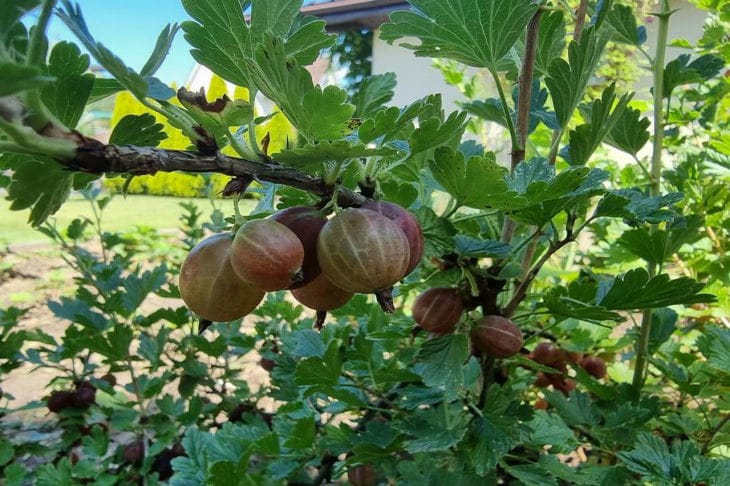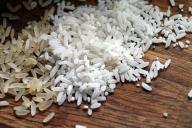Powdery mildew is a real scourge for gardeners growing gooseberries.
This fungal infection can not only spoil the appearance of the plant, but also significantly reduce the yield.
However, there are effective methods to combat this disease.

Prevention is the key to gooseberry health
Experienced gardeners know that prevention is the best way to protect gooseberry bushes from powdery mildew. Proper plant care plays an important role in preventing the disease.
It is important to ensure good air circulation around the bushes, avoid dense plantings and remove weeds in a timely manner. Regular pruning also helps improve ventilation and lighting inside the bush.
Folk remedies against powdery mildew
Many gardeners prefer to use folk methods to combat powdery mildew. One of the popular remedies is a solution of baking soda: one tablespoon of soda is dissolved in a liter of water and sprayed on plants.
Whey diluted with water in a ratio of 1:10 also shows good results. Horsetail decoction is another effective remedy that you can make yourself.
Biological preparations to help the gardener
The modern market offers a wide range of biological preparations for combating powdery mildew. "Fitosporin-M", "Alirin-B" and "Gamair" are just a few examples of effective biofungicides. They are safe for the environment and do not accumulate in fruits, which makes them an ideal choice for those who care about their health and the environment.
Chemical Fungicides: When Other Methods Fail
In cases of severe powdery mildew damage to gooseberry bushes, it may be necessary to use chemical fungicides. "Topaz", "Skor" and "Chistotsvet" are preparations that will help to cope with even advanced cases of the disease. However, it is important to remember that their use requires compliance with safety measures and instructions for use.
Rules for processing gooseberries
Regardless of the method you choose to combat powdery mildew, there are a few important rules you should follow.
The treatment should be carried out in dry weather, preferably in the evening. The first spraying is recommended when the buds open, and then repeated every 10-14 days until harvest. After harvesting the berries, one or two more treatments can be carried out for prevention.
Alternating drugs and an integrated approach
Experts recommend alternating different powdery mildew control products to prevent the fungus from developing resistance to certain products.
An integrated approach that combines preventive measures, folk remedies and, if necessary, chemicals will effectively protect gooseberry bushes and preserve a rich harvest.








